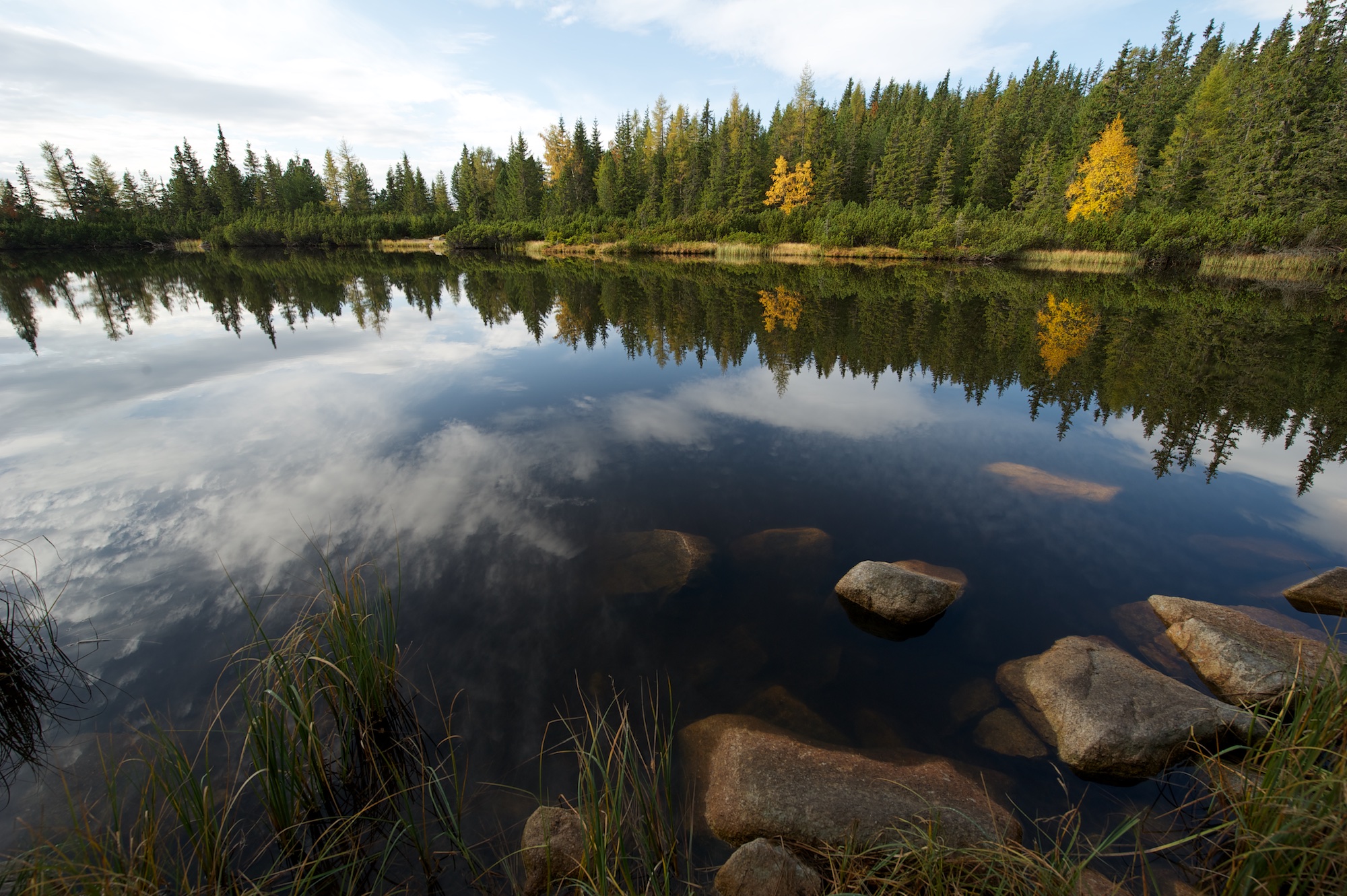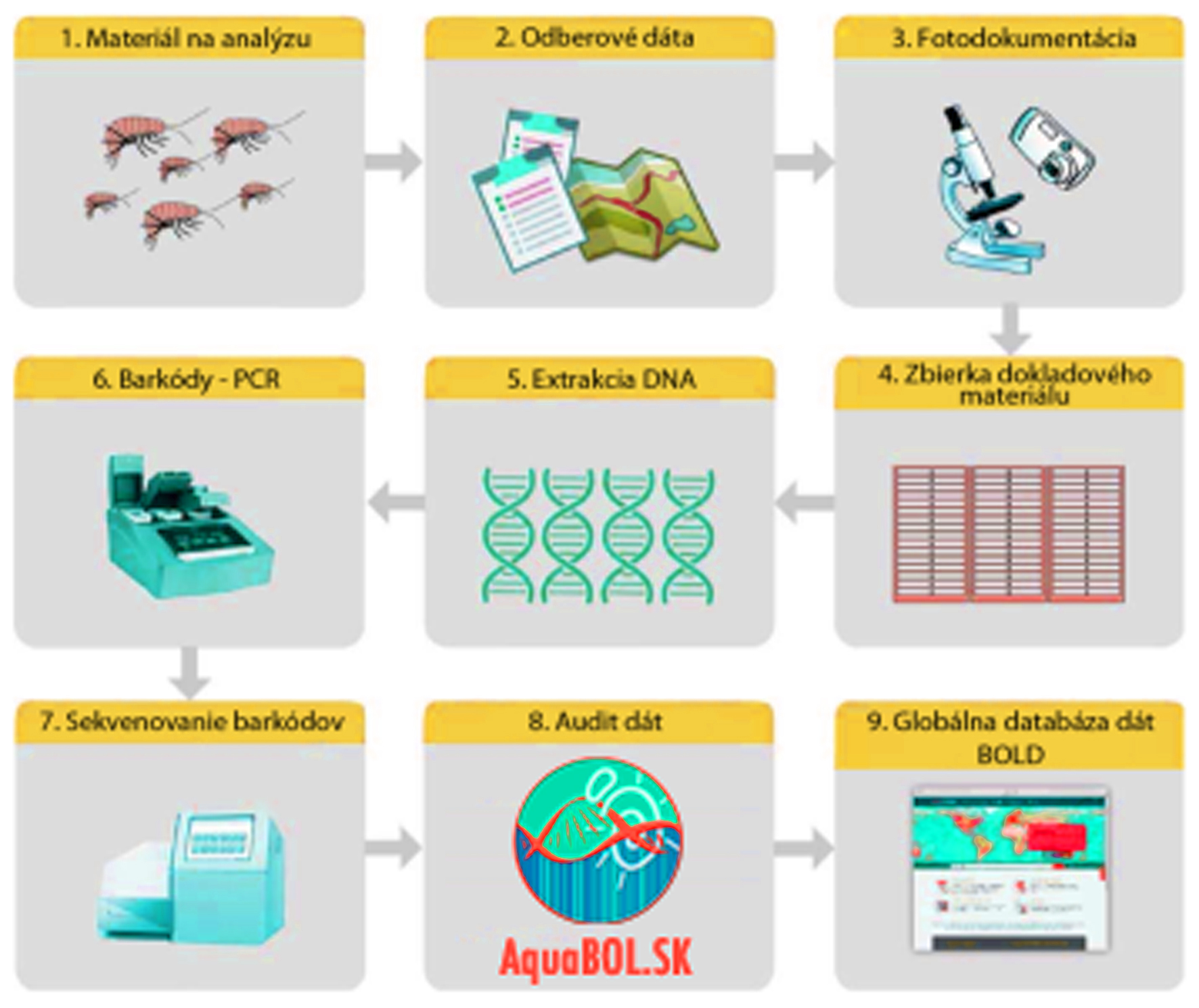DNA barcoding
what is it and what is it for?
Recent estimates suggest that about 9 million species live on Earth. So far, nearly two million of them have been scientifically described and cataloged. Although the taxonomy (classification and description) of all living around us has a 250-year history, it is assumed that up to 80% of the species existing on Earth are still waiting to be discovered. An experienced specialist can reliably identify 1000-2000 species, and therefore, to describe the above biodiversity estimate, around 9,000 professionals would ideally be needed.
Biodiversity.SK
However, only around 4,000 – 6,000 scientists are devoted to the taxonomy worldwide, and unfortunately they are constantly decreasing. Thus, taxonomists themselves can now be considered a “threatened species” in this hurried time. It is therefore quite clear that we need faster and more efficient methods of knowing, discovering and describing global biodiversity.
Due to its geographical location and the diverse conditions of the natural environment, Slovakia is one of the centers of European biodiversity and not just regarding the aquatic biota.
The occurrence of a number of (aquatic) species in our territory is possible due to the diverse climatic conditions, which vary considerably from the warmer Pannonian lowlands to the high mountain climate of the High Tatras. Biodiversity is supported by a great variety of aquatic habitats ranging from alpine lakes and springs to slow, lowland rivers and ponds, and of course the presence of a number of smaller, specific habitats. That is why there are many rare, endemic and endangered species that need our care and protection.
Aquatic ecosystems
Aquatic ecosystems have been under constant and growing pressure for a long time and many countries are already beginning to face water shortage. As a result of climate change, the drought threat is becoming increasingly prevalent, and these negative changes affect a wide range of areas of our existence (agriculture, industry, nutrition, transport, tourism, etc.). Therefore, the sustainable use and conservation of freshwater ecosystems for future generations is currently one of the greatest priorities and challenges not only in our country, but essentially in the whole world. Water protection has also become a priority objective in the EU, with the emphasis, besides the protection of water resources, on their sustainable use, maintaining the country’s hydroecological needs and preserving the ecosystem services of aquatic ecosystems. However, in order to achieve these goals, it is essential, first and foremost, to preserve and protect biodiversity in waters, because it is the one that ensures the functioning of ecosystems.
Freshwater ecosystems account for only a small proportion of the surface water volume and cover only about 2% of the Earth surface area. Yet it is estimated that they are home to up to 10% of global biodiversity. Unfortunately, they are also the most endangered type of ecosystems and freshwater species are considered the most endangered group of Earth biota. That is why it is extremely important to know their diversity in order to protect them effectively.
DNA barcoding
Identification of biological samples may be difficult. Many species look so similar that only a few experts with years of experience can identify them. But even such experienced experts are sometimes unable to identify everything. The problem is most often animals in the juvenile stage or damaged individuals. This becomes critical when we need to know exactly what species represents our samples. For example, identification of pests or invasive species, or analysis of the origin of food or products from endangered species.
To provide “non-professionals” from students, teachers, conservationists, competent officials and the general public with a simple tool for accurate, rapid and reliable identification of species would give professionals access to an amazing array of important biological knowledge, which would significantly change our ability to understand and protect biological diversity.
Similarly, as shop products are labeled with unique barcodes formed by lines of different thicknesses in different sequences, the DNA barcode represents the nucleotide base sequence in the selected DNA fragment. The sequences of this fragment are species-specific, so that the DNA of the barcodes can also be considered as “fingerprints” of each species. Obtaining this data – DNA barcoding – allows us to accurately identify unknown samples regardless of gender, developmental stage of the individual, and body parts available to us. A specific part (barcode marker) is amplified (multiplied) from the extracted DNA, sequenced and the nucleotide sequence detected is compared with the data in the reference database.
Application of DNA barcoding
The possibilities of using DNA barcodes are mainly based on accurate and effective determination (identification) of biological samples, regardless of their preservation (damaged individuals, parts of individuals), developmental stage (larvae, eggs), or previous experience with determination. Given the potential of this method, the spectrum of its use is truly wide:
- studying biodiversity – using DNA barcodes it is possible to detect the exact species composition of biological samples, the composition of communities, the detection of cryptic diversity, etc.
- monitoring – whereas species spectrum analysis is faster, more accurate and more efficient with DNA barcoding / metabarcoding, it provides a powerful tool for improving routine ecological status monitoring (eg in the context of the EU Water Framework Directive)
- invasive species monitoring – invasive species are a major threat to native fauna and flora; changes in species composition can compromise the functioning and thus preservation of aquatic ecosystems. DNA barcoding and metabarcoding are methods that are capable of recording the presence of non-native and invasive species substantially before conventional methods, thereby speeding up the response to identified changes
- pathogen detection – analysis of environmental samples (water, soil …) using molecular markers can capture the presence of pathogens such as bacteria or protozoa without specific tests to detect them, and warn of the risk of infection in time
- detection of rare and threatened species – we often do not know about the presence of rare and threaten species in the environment, but barcoding analyses can catch them even without physical contact with specific individuals. This makes it possible to protect habitats in time and to save species that we thought were no longer present.




